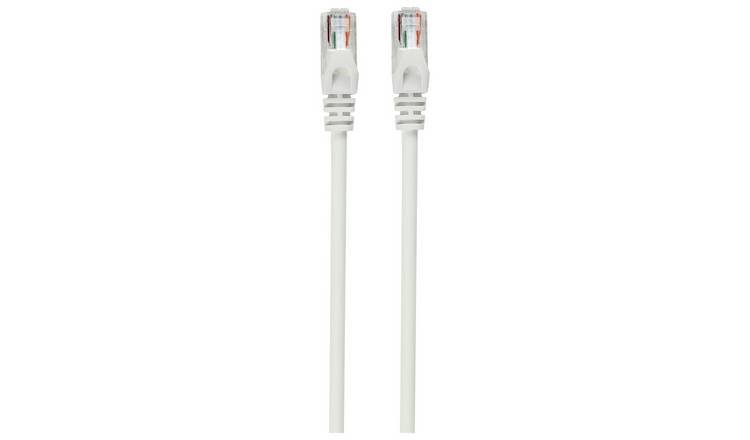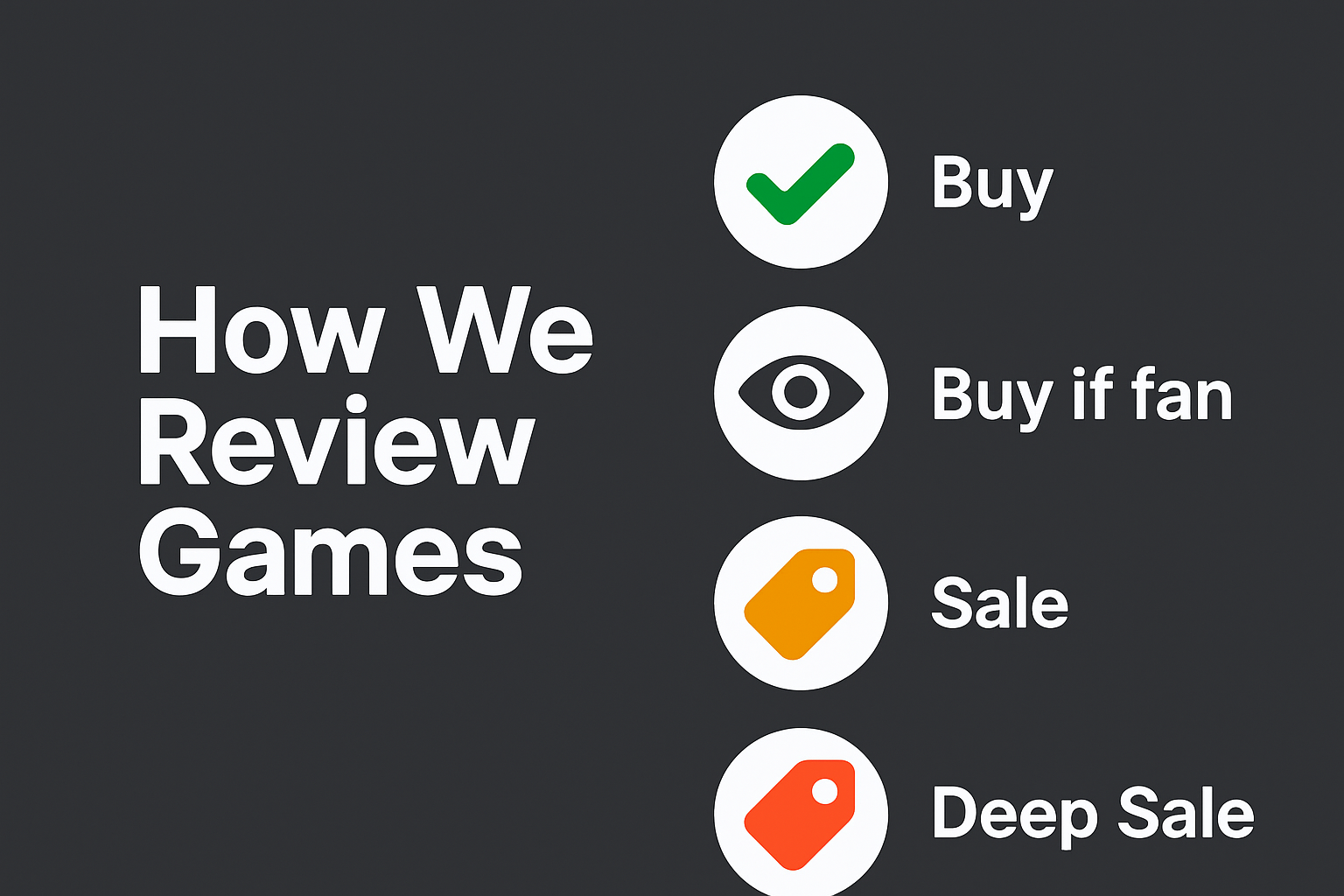Cloud gaming works best when your connection is stable. That is the real answer. Not faster. Not fibre. Just stable. And that is exactly where a wired internet connection has the edge.
A wired Ethernet connection cuts out interference, avoids Wi-Fi dropouts, and gives you consistent data flow without sudden lag spikes. In cloud gaming, those spikes are what ruin the experience. You might have 300 Mbps Wi-Fi, but if your connection stutters for half a second, the stream stutters with it.
When Wired Matters Most
If you are playing on a smart TV, streaming through a Shield, Fire Stick, or similar device, or gaming far from your router, a wired connection is almost always better. Especially in households with multiple users or patchy coverage. No buffering. No random disconnects. No sudden drops in image quality.
It also helps in competitive games. You get slightly lower input latency, more consistent response, and fewer surprises during fast movement. Cloud platforms already have a small amount of built-in latency. Wired just removes extra friction.
When Wireless Is Fine
If your router is decent, your device is nearby, and you are using a clean 5GHz signal, wireless will work for most games. Many cloud services automatically adapt to Wi-Fi instability. For story games, puzzle titles, or anything slower paced, wireless will hold up just fine.
Phones and tablets run wireless by default anyway. Just remember that even a strong-looking signal can sometimes hide problems. If things start to feel sluggish, try mobile data or a USB-C Ethernet adapter if your device allows it.
Final Word
Wired is not required, but it is better. If you have ever experienced stuttering, pixelation, or odd controller lag and blamed the platform, the issue might have been your Wi-Fi.
If you can plug in, you should. And if you cannot, at least check that your wireless setup is not the thing slowing you down.



